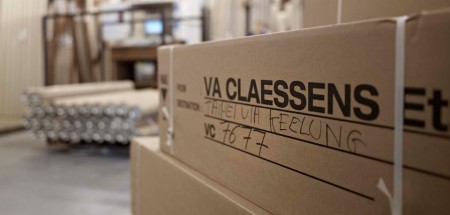THE STORY OF CLAESSENS
THE STORY OF CLAESSENS ARTISTS' CANVAS ......
MAKER OF THE WORLD’S FINEST QUALITY ARTISTS’ CANVAS
With over 100 years of experience in crafting the finest quality artists’ canvas, Claessens is recognised worldwide as a leader in the field. From Keith Haring to René Magritte and Roger Raveel, countless artists have recognised the exquisite properties of a Claessens canvas as a base upon which to create their artworks. Based in Belgium, this family-owned business has stayed true to the values of its founding father, Victor Claessens, who adopted a small-scale approach to production and pioneered a unique fusion of modern and traditional techniques. Here we take a special behind-the-scenes look at the making and story of each Claessens canvas.

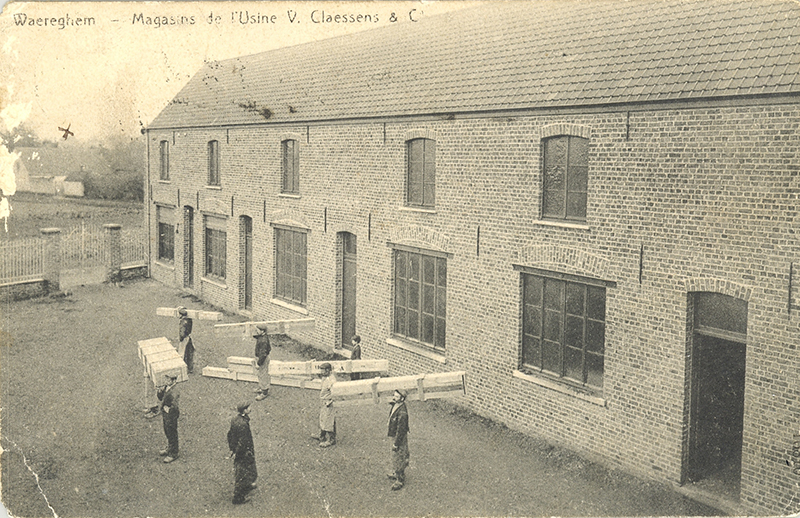
The birth of Claessens A growing demand for prepared artist canvases
The life of each canvas begins in the company’s Belgian headquarters, which was founded over a century ago by Victor Claessens in the flax growing region near the river Leie, once home to many influential Flemish painters. Up to the turn of the twentieth century, many professional artists prepared their own canvases – but as more and more amateurs turned to painting, Claessens recognised that the demand for high quality prepared canvases was growing.
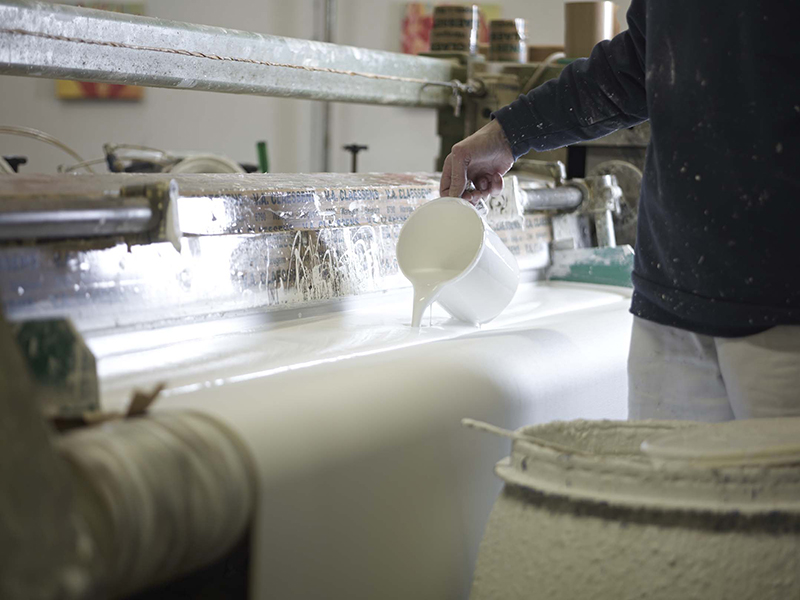
Nowadays, much of the work is done by machine, but the core of the production process has remained unchanged. Each Claessens canvas undergoes a rigorous treatment and production process in order to meet different requirements for artists.
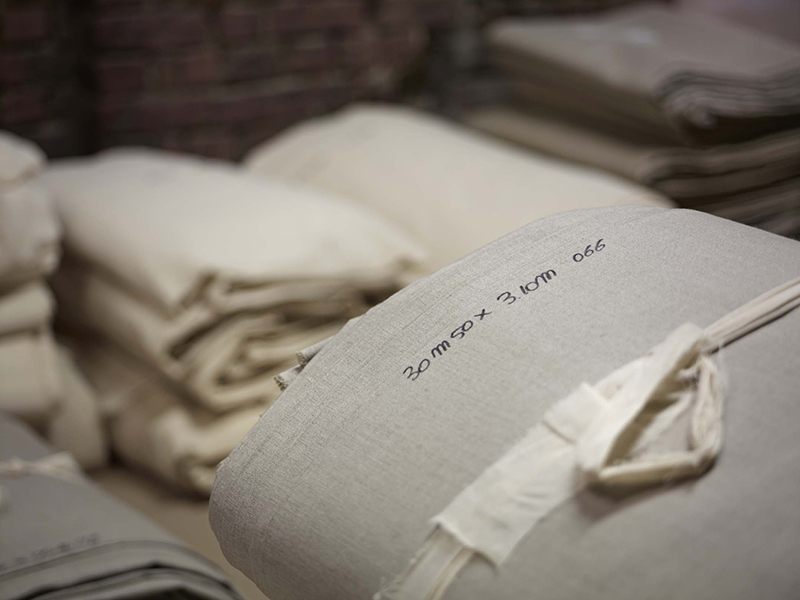
From plant fibres to a ready-primed canvas
Claessens Artist’s canvas is traditionally woven from 100% pure flax (linen), 100% pure cotton, 100% pure jute, a mix of linen and cotton or a mix of linen and jute.
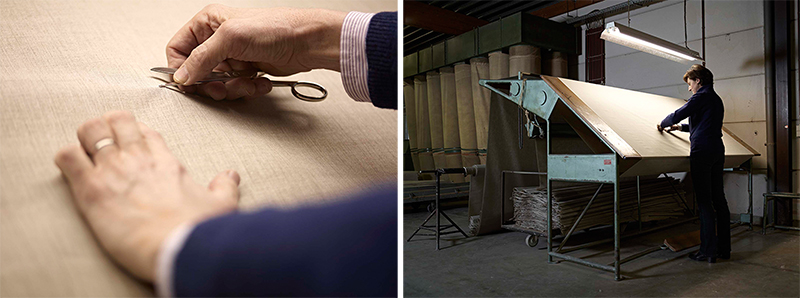
Claessens produces canvas mostly from flax, which is grown mainly in the district around the river Leie in the region, where Claessens has always been based. Canvases produced from flax have spanned the history of art, and have been trusted by Old Masters for their superior quality and durability.
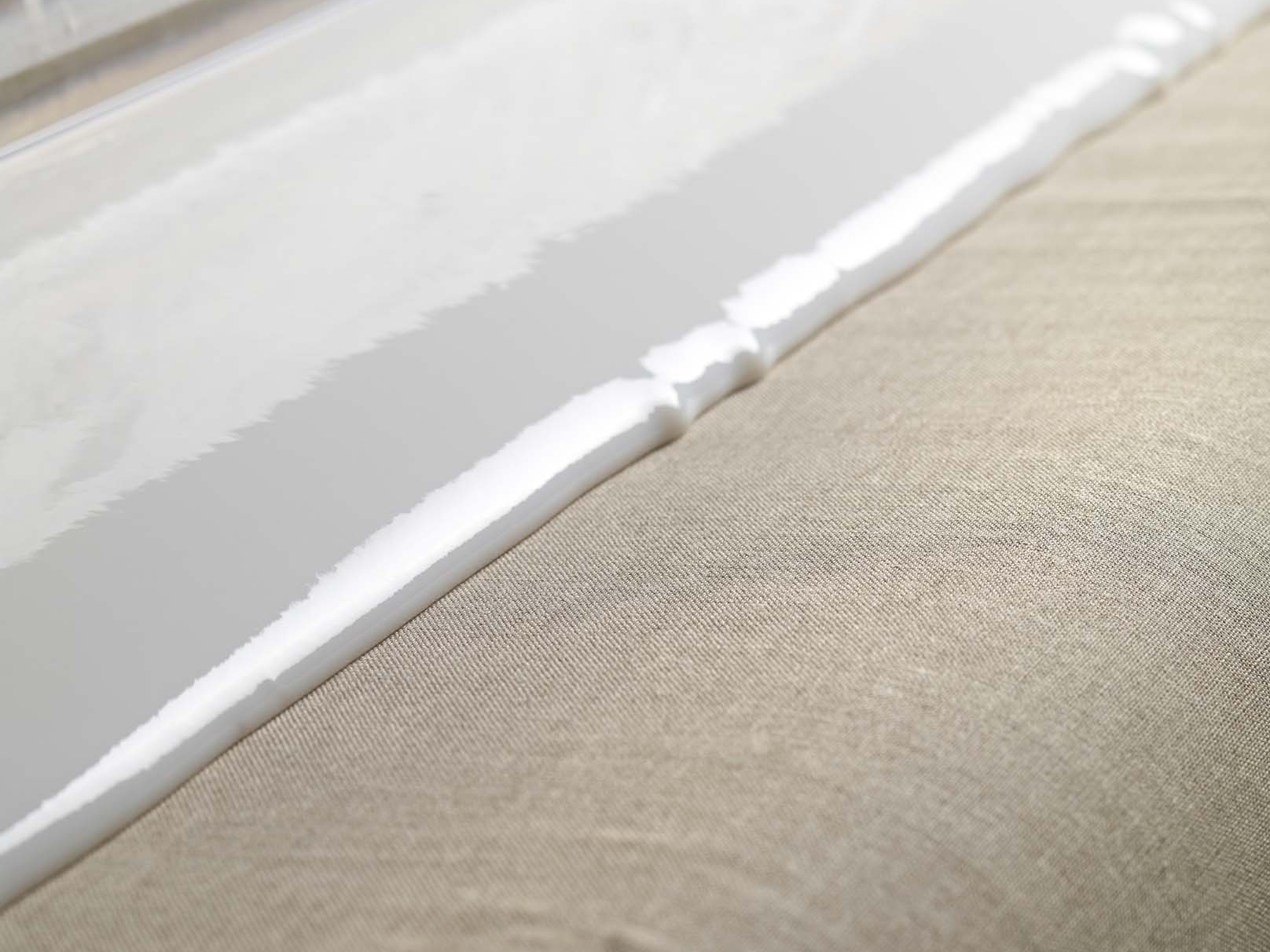
Using the Finest Quality Raw Linens
As soon as the fabric arrives to the Claessens headquarters, it is meticulously inspected for any weaving faults: for example, excessively thick threads and any unevenness is carefully removed.
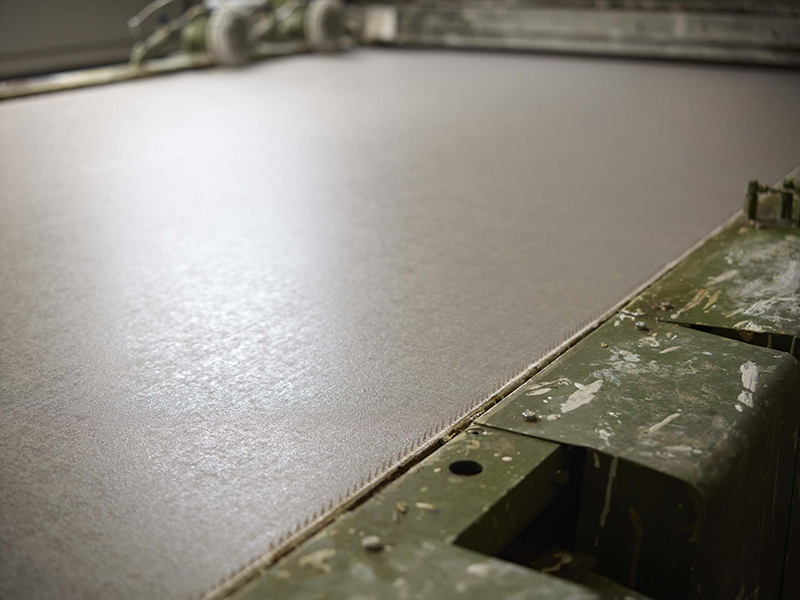
Sizing the Canvas
The next step involves sizing the raw canvas by applying 2 coats of synthetic PVA glue.
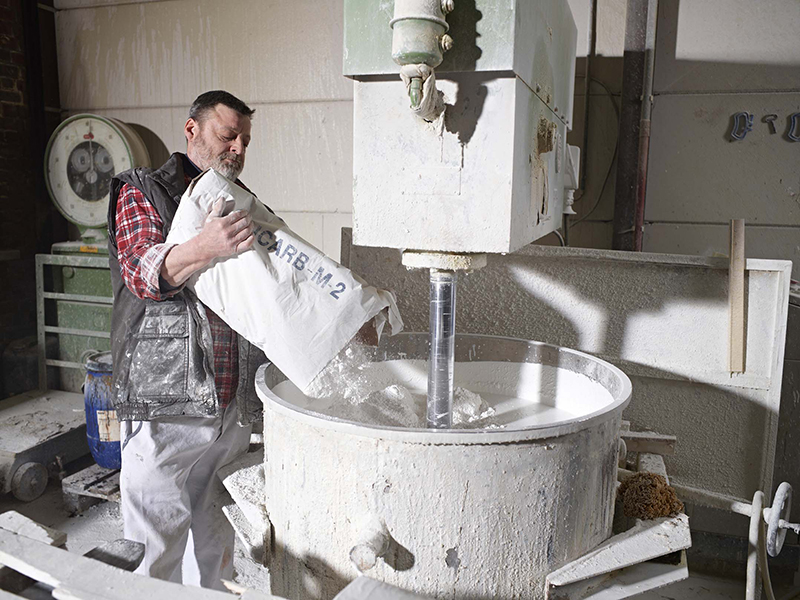
Different paints are then produced to prepare and prime different types of canvases – for example, oil or universal.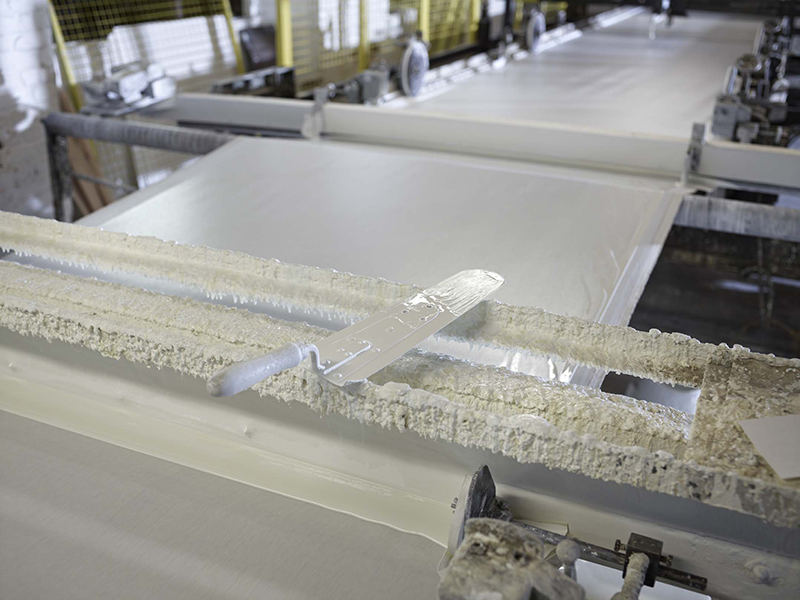
The Making of a Claessens Oil-Primed Canvas
For oil primed canvases, the next step involves applying a primer of zinc white paint bound with linseed oil to the glued linen, by means of two knives.
The canvas is then put into a drying room for three days where it air-dries naturally. After this first initial drying time, the canvas is then sanded and a coating layer based on titanium white is applied to the canvas by means of two knives and a roller. The canvas is then placed in the drying room for another ten days.
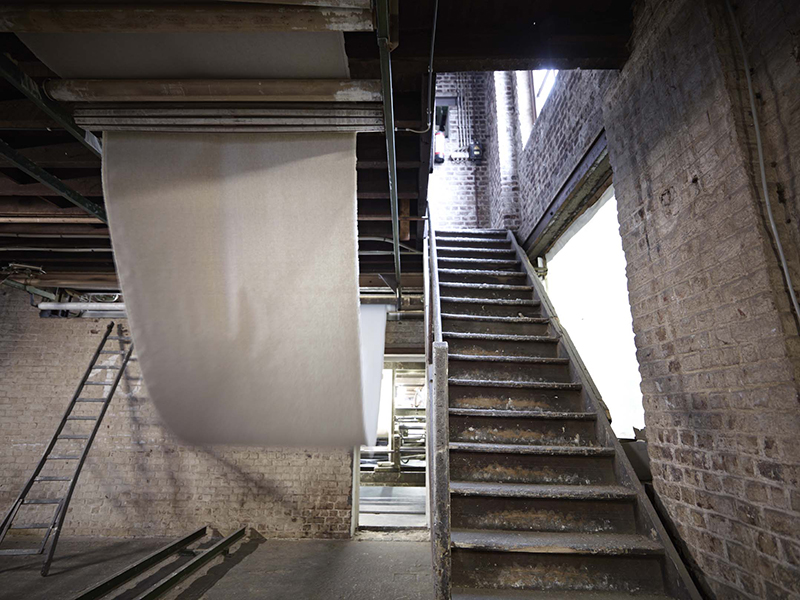
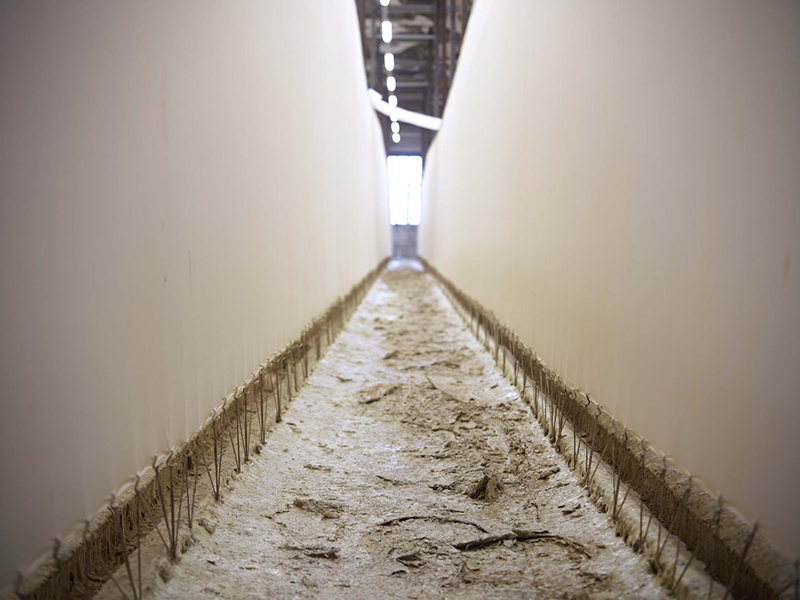
The Making of a Claessens Universal-Primed Canvas
For universal-primed canvases, two coats are applied of acrylic-bound titanium white paint to the canvas by the means of a knife. This is done once with a ‘knife’ and not rolled at the last stage.
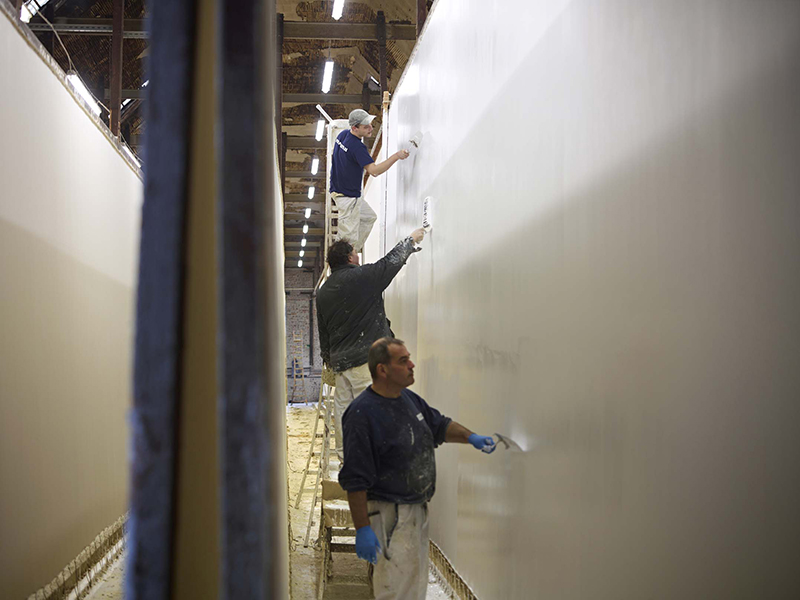
As the primer and coating are water-based, these universal primed canvases are dried in a hot-air oven, where the water can evaporate more quickly.
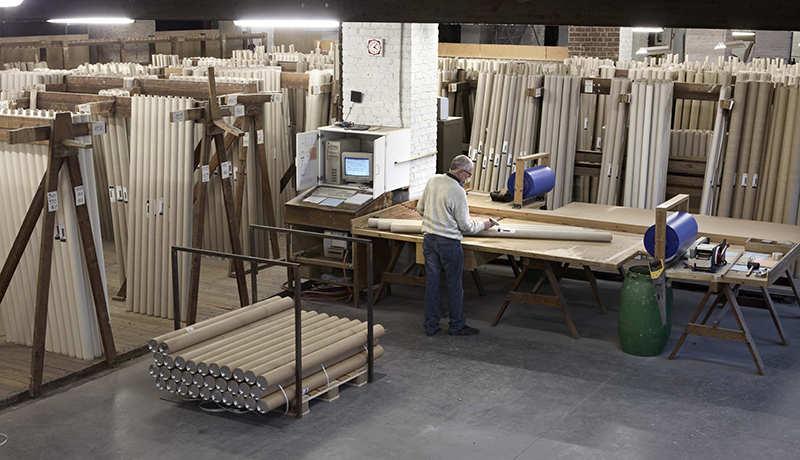
Final Inspection & Quality Control
Once dry, each canvas is carefully inspected one last time before being put onto 10 metre rolls and stocked in the warehouse prior to shipment.
